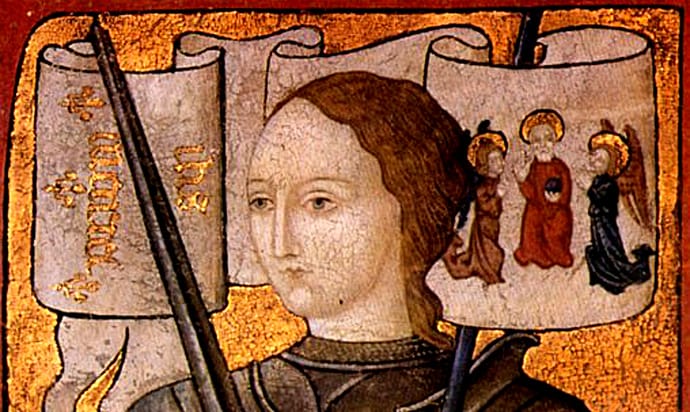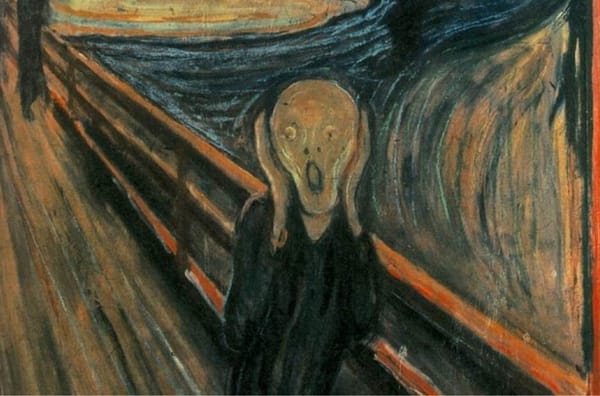How Joan of Arc used personal branding to change the course of history

A peasant girl who became a national symbol
In the early 15th century, France was fractured. The Hundred Years' War raged on, the English had taken key French territories, and the population was hopeless. Into this chaos stepped a 17-year-old peasant girl, Joan of Arc, who would not only reshape a kingdom’s destiny but also master the art of personal branding—before that term even existed.
Born in 1412 in Domrémy, Joan claimed divine visions that instructed her to support Charles VII and help drive out the English. At first glance, she was an unlikely leader: no military training, no noble blood, no political support. But what she had was an unshakable belief, a unique story, and the boldness to act at the right moment.
Her genius? She turned faith into identity. Story into brand. Crisis into opportunity.
Crafting a brand: visual identity, message, and belief
Joan of Arc didn’t stumble into history by accident—she built a brand before she even stepped onto a battlefield. She wore men’s armor, carried a banner instead of a sword, and claimed a divine mission that was impossible to ignore.
Her message was clear: “I am sent by God to save France.” It was bold, emotional, and divisive. But it was also unforgettable. By staying consistent with her message and her symbolic appearance, she quickly became a living icon.
Her audience? Not only kings and soldiers, but the entire French population who saw in her a reason to believe again.
She understood what modern personal branding teaches:
- Authenticity was her armor
- Visibility was her weapon
- Mission was her brand essence
To learn how to apply this same mindset today, read:
👉 Reinvent Yourself: The Painful Path to Becoming Who You Were Meant to Be
Seizing the moment: when branding meets opportunity
Charles VII was desperate. His legitimacy as king was contested, and his army was demoralized. When Joan arrived asking to meet him, many mocked her. But desperation creates openings and Joan walked in with a story too powerful to ignore.
He gave her troops. She led them to a stunning victory at Orléans, shifting the war and turning the tide of public sentiment. She became a viral phenomenon, spreading hope and belief faster than the Church or monarchy could control.
What we call today “a movement” was born. And Joan was its face.
This moment shows a deep truth:
Personal branding isn’t just about self-promotion. It’s about positioning yourself to lead when the world is looking for direction.
Learn more about how authenticity fuels power in leadership and branding here:
👉 Authenticity: Your Greatest Weapon
Legacy: when your brand outlives your body
Joan was captured and burned at the stake in 1431 at age 19. But her story didn’t end there. In fact, her brand only grew stronger after her death. She was later declared a martyr, then a saint. Her name today symbolizes courage, faith, and standing alone against giants.
Thousands of leaders throughout history had more power, more money, more soldiers—but Joan had what many lacked: a story that connected, a mission that transcended, and the courage to act.
In the modern world, building a personal brand isn’t about trying to be someone else. It’s about becoming the clearest, boldest version of who you already are.
To discover how your personal brand can resist even the rise of AI, check this out:
👉 Personal Branding: Your Best Defence in the Age of AI
Final thoughts: the modern lesson from a medieval warrior
Joan of Arc teaches us a timeless truth:
You don’t need a title to lead. You need a story, a mission, and the courage to act when opportunity knocks.
In your own life, ask:
- What do I stand for?
- What is my story?
- How can I make it visible to others?
Your moment may not look like Orléans. But it will come.
Will you be ready to step into it—or will you let it pass because you weren’t clear on who you are?




